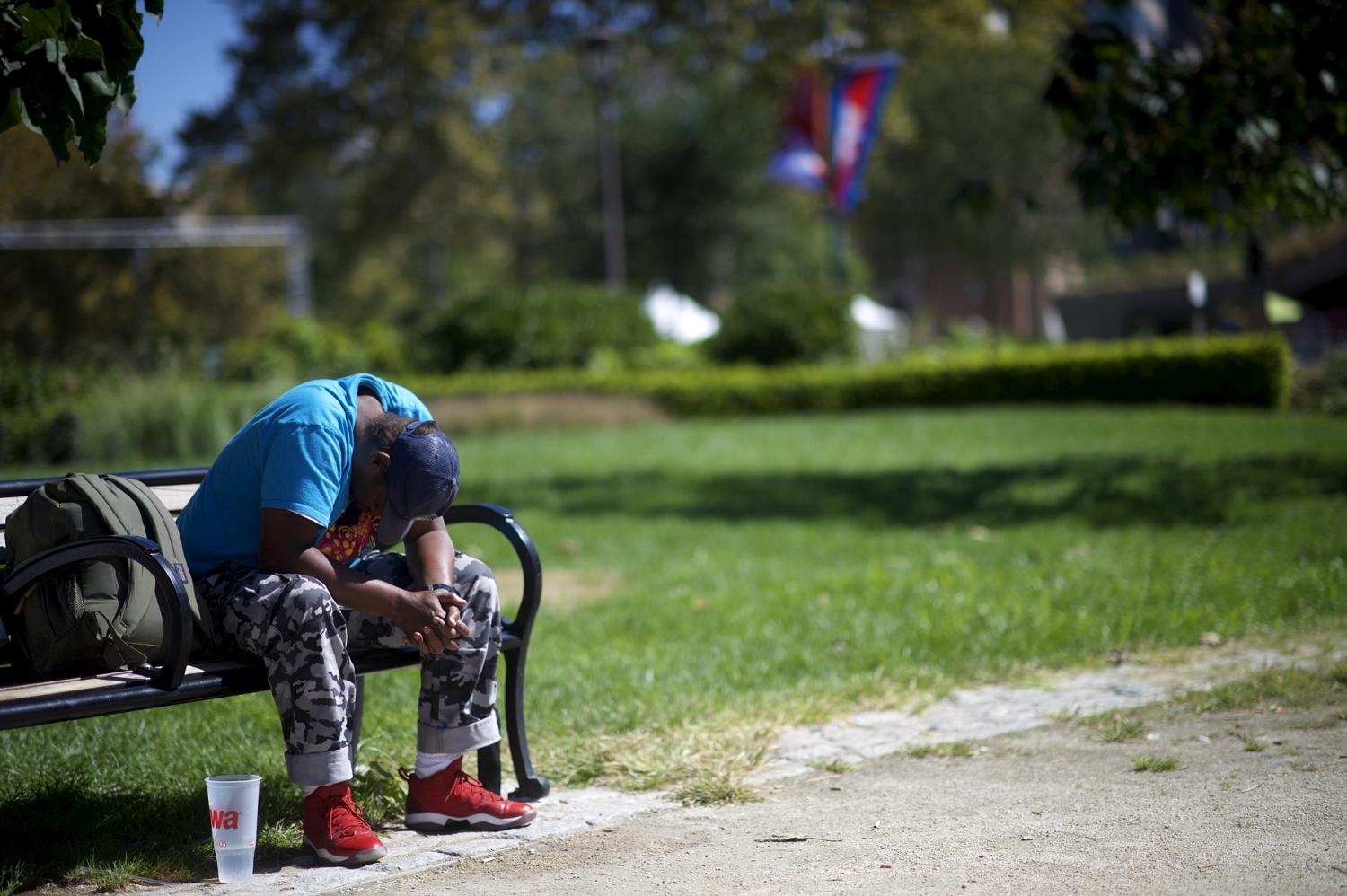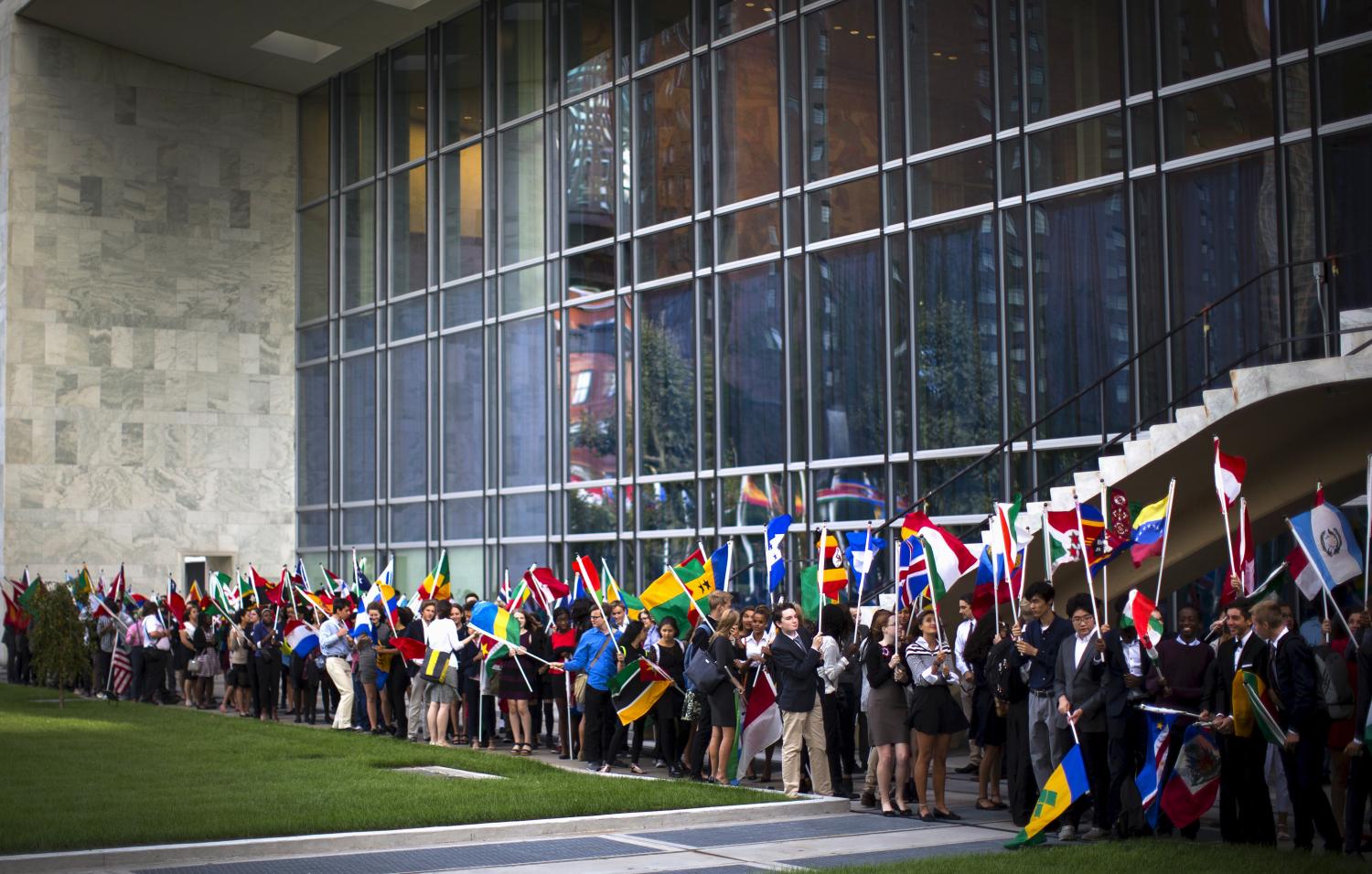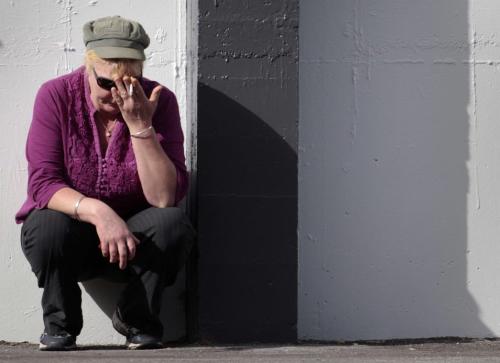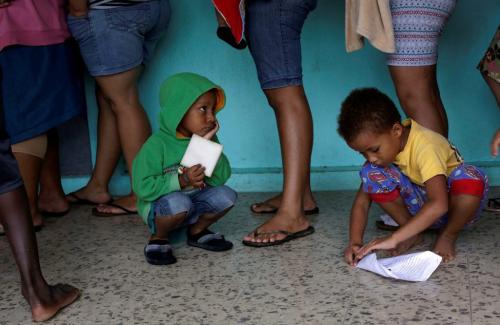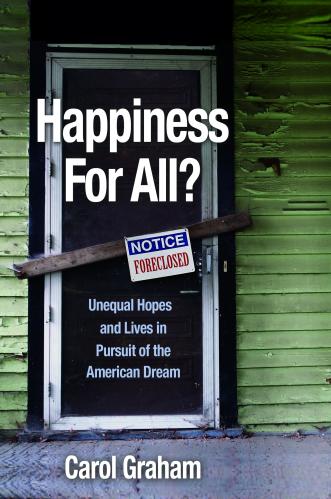Does hope matter? More specifically, does it matter to future outcomes? Individuals and families typically make key decisions based on a desire to achieve something. While at the heart of economics and other behavioral sciences, we know little about the role of hope and optimism in determining future behavior or about the links between beliefs and behavior, more generally.
It seems intuitive that attitudes and beliefs determine many behaviors and future choices such as education, occupation, or investments. While these may play an independent role, they also interact with objective factors such as capability and talent, leading to virtuous—or vicious—circles. Yet it is also possible that optimists mispredict their futures, resulting in frustration and unhappiness in the long run.
Several studies in the literature on the economics of well-being support the first hypothesis. In some early work on this topic, one of us (Graham, with Eggers and Sukhtankar, 2004) found that higher levels of residual happiness—e.g., the happiness of each individual that was not explained by observable socioeconomic and demographic traits—was correlated with higher levels of income and better health in future periods.[1] Since then, several studies (DeNeve and Oswald, 2012; DeNeve et al., 2013) using a range of metrics, from twin and sibling comparisons to lab experiments, have confirmed such a channel, finding again that optimists have better outcomes in a range of areas from the health to the labor market to the social arena.[2]
Guven et al. (2014) find that happier people are more likely to consume less and save more than others, and to have higher perceived life expectancies. Goudie et al. (2014) find that individuals with higher levels of subjective well-being are more likely to wear seatbelts, highlighting longer time preferences, and less risk taking. O’Connor and Graham (forthcoming) use panel data from the Panel Study of Income Dynamics for the U.S. to study cohorts born between 1935 and 1948—and including questions on optimism from young adulthood (1962) onward. They find that the respondents with higher levels of optimism were more likely to be alive in 2015, with education being a mediating channel.
In contrast to the above findings, Puri and Robinson (2007) find that extreme optimists are more likely to display imprudent financial behavior (i.e., they tend to have shorter term financial horizons, save less, and work shorter hours). Yang, Markoczy, and Qi (2007) find that optimistic people consistently pick credit card options that are suboptimal considering their actual borrowing behavior. Odermatt and Stutzer (2015), meanwhile, based on panel data for Germany, find significant misprediction of the positive effects of life events such as marriage and the negative effects of others such as unemployment and divorce, as they are unable to predict the extent to which they will adapt. Most recently, Deaton (2018) explores the extent to which people mis-predict their future life satisfaction, based on Gallup World Poll data. He finds that young people tend to over-predict how happy they will be in the future, while older people do the opposite. The gap between predictions and actual outcomes are greatest in the middle ages, a point at which life satisfaction is, on average, the lowest for most people.
Another issue is whether hope is the same thing as prediction or expectations. In this research, we posit that hope is a distinct emotion that operates through separate, if related, channels. Some of our recent work (Graham and Pinto, forthcoming) based on the United States finds that poor blacks, who are objectively more deprived than most other poor groups (in this case whites and Hispanics) are by far the most optimistic of all racial and income groups. While the current levels of life satisfaction of poor blacks fluctuate over time as it does for all groups, their high optimism levels do not, objective outcomes aside.[3] We also find that the corresponding lack of hope, stress, and worry among poor whites links to their rising rates of premature mortality, due to drug overdose, alcohol poisoning, and suicide.
end notes
[1] The study was based on based on panel data for Russia. We regressed happiness on the usual control variables in t-0 and then calculated a residual or unexplained happiness for each respondent, which we used as an independent variable in t-1. Second, while unexplained happiness is not correlated (by definition) with the observable socioeconomic variables that we believe affect happiness, it is positively correlated across time for individuals: people with high unexplained happiness in 1995 were likely to have high unexplained happiness in 2000. (The simple correlation between the two is 0.2198.) This result is consistent with the view that unexplained happiness includes stable factors that affect happiness and that might include cognitive bias.
[2] For an overview of the existing studies, Graham (2017).
[3] The period studied covered 2008 to 2015.
The Brookings Institution is committed to quality, independence, and impact.
We are supported by a diverse array of funders. In line with our values and policies, each Brookings publication represents the sole views of its author(s).

